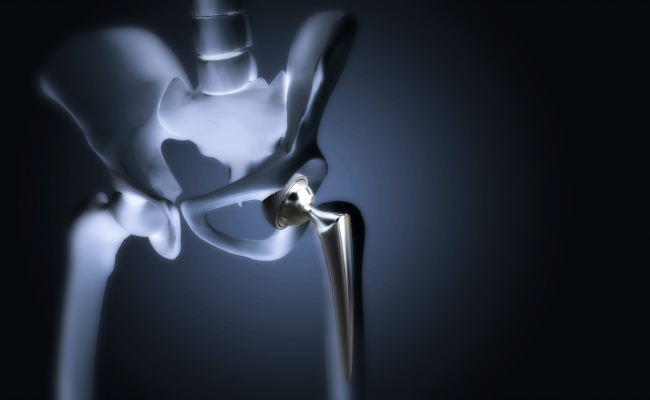How to Treat Hip Pain In Children?
- February 07, 2024
- No Comments

What is Hip Pain in Children?
Hip pain in children, commonly caused by a condition known as irritable hip, stems from inflammation and soreness in the hip joint. This discomfort, while often painful, typically resolves on its own and isn't typically severe. However, it can impact a child's mobility and overall well-being.
Why is Treating Hip Pain in Children Important?
Treating hip pain in children is crucial for several reasons. Firstly, it can significantly impact a child's ability to participate in daily activities, school, and sports. For active children, hip pain can be particularly debilitating, limiting their mobility and hindering their enjoyment of physical activities. Untreated hip pain may also lead to compensatory movements or gait abnormalities, which can contribute to muscle imbalances and joint dysfunction over time. Additionally, identifying and addressing the underlying cause of hip pain early can prevent further damage and improve the child's overall well-being in the long term.
How to Treat Hip Pain in Children?
- Medical Evaluation: The first step in treating hip pain in children is to consult a healthcare professional, such as a pediatrician or orthopedic specialist. They will conduct a thorough medical evaluation, including a physical examination, medical history review, and possibly imaging tests like X-rays or MRI scans, to determine the underlying cause of the hip pain.
- Rest and Activity Modification: Depending on the severity of the hip pain and its cause, the child may need to rest and modify their activities temporarily. Avoiding high-impact activities or sports that exacerbate the pain can help prevent further injury and promote healing.
- Physical Therapy: Physical therapy plays a crucial role in treating hip pain in children by strengthening muscles, improving flexibility, and restoring joint function. A physical therapist will design a customized exercise program tailored to the child's specific needs and condition.
- Pain Management: Over-the-counter pain relievers, such as acetaminophen or ibuprofen, may help alleviate mild to moderate hip pain in children. However, it's essential to use these medications under the guidance of a healthcare professional and follow the recommended dosage instructions.
- Orthotic Devices: In some cases, orthotic devices such as shoe inserts or braces may be prescribed to provide support and stability to the hip joint, especially if the pain is related to biomechanical issues or structural abnormalities.
- Injection Therapy: In certain situations, corticosteroid injections may be recommended to reduce inflammation and alleviate pain in the hip joint. These injections are typically administered under the guidance of a healthcare professional using ultrasound or fluoroscopy to ensure accuracy.
- Surgical Intervention: In severe cases of hip pain caused by conditions such as developmental dysplasia of the hip (DDH) or Legg-Calvé-Perthes disease, surgical intervention may be necessary. Surgical procedures may include hip arthroscopy, osteotomy, or hip replacement, depending on the specific condition and severity of the symptoms.
Treatment Solutions for Hip Pain in Children:
- Early Intervention: Prompt diagnosis and treatment of hip pain in children are essential for preventing long-term complications and promoting optimal outcomes.
- Multidisciplinary Approach: Treating hip pain in children often requires a multidisciplinary approach involving healthcare professionals such as pediatricians, orthopedic specialists, physical therapists, and pain management specialists. This ensures comprehensive care tailored to the child's specific needs.
- Patient Education: Educating children and their caregivers about the importance of following treatment recommendations, adhering to activity modifications, and practicing proper body mechanics can help facilitate recovery and prevent future injuries.
- Long-term Management: For children with chronic or recurring hip pain, long-term management strategies may be necessary to maintain joint health and function. This may include ongoing physical therapy, monitoring for signs of disease progression, and periodic follow-up with healthcare providers.
Benefits of Treating Hip Pain in Children:
- Improved Mobility: Treating hip pain in children can improve mobility and range of motion, allowing them to participate more fully in daily activities and sports.
- Prevention of Complications: Early intervention and treatment of hip pain can prevent long-term complications such as joint stiffness, muscle weakness, and deformities.
- Pain Relief: Effective treatment options can provide relief from hip pain, improving the child's comfort and quality of life.
- Enhanced Quality of Life: By addressing the underlying cause of hip pain and providing appropriate treatment, children can enjoy an improved quality of life with reduced pain and increased function.
Comments (0)